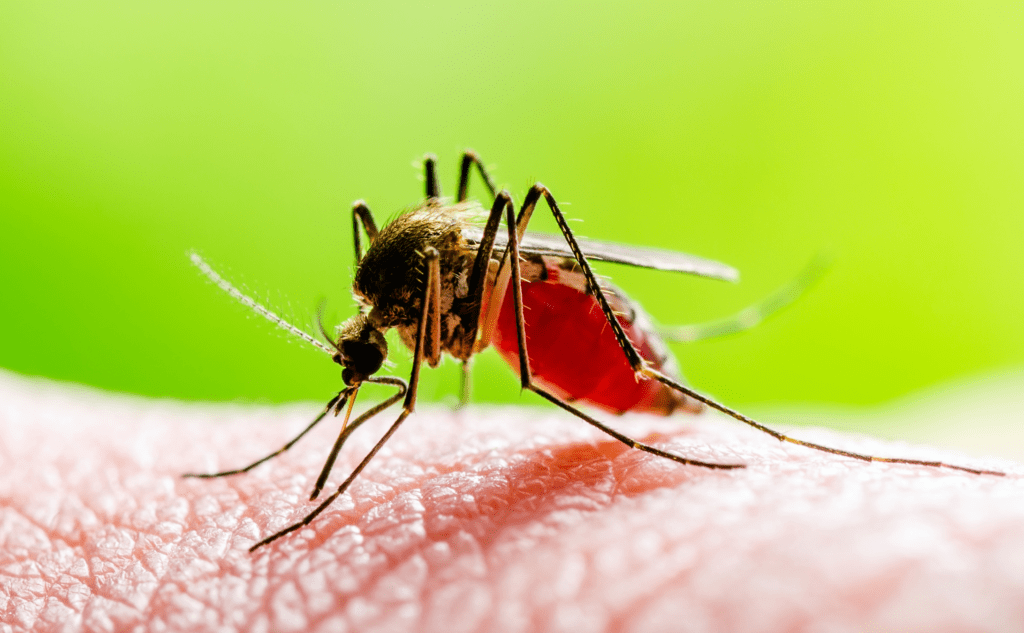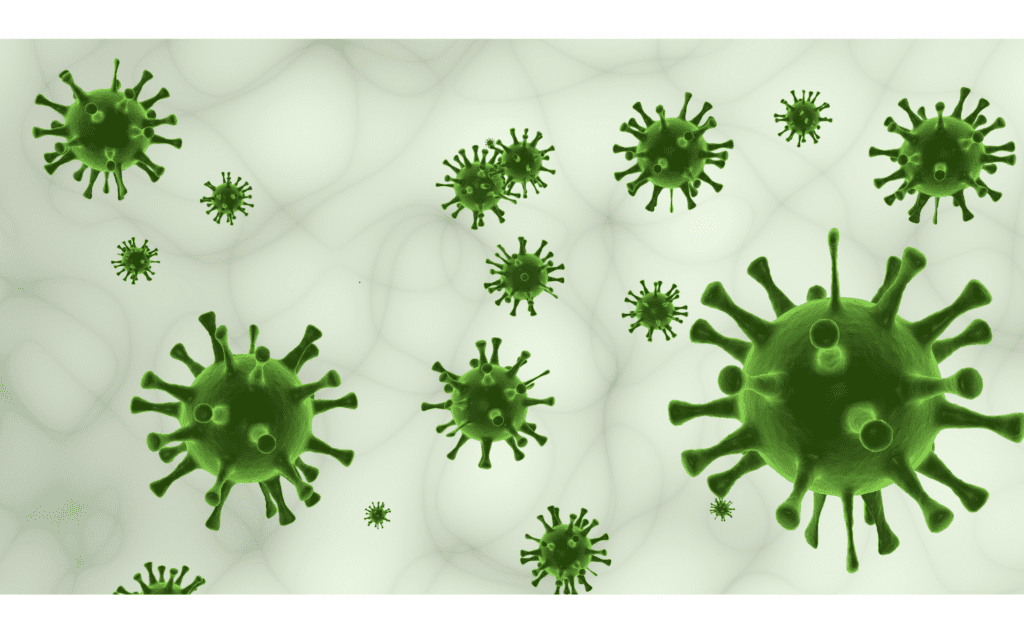Zika Virus
Key Insights For Awareness & Prevention

The Zika virus, once a little-known pathogen, captured global attention following outbreaks in the America. Its association with serious health issues, particularly for pregnant women, underscores the need for public awareness and preventive measures. In this blog, we will explore the Zika virus—its origins, symptoms, transmission methods and prevention strategies—arming you with essential knowledge to safeguard your health.
What is Zika Virus?

The Zika virus is an arthropod-borne virus (arbovirus) primarily transmitted through the bite of infected Aedes mosquitoes, particularly “Aedes aegypti” and “Aedes albopictus”. First identified in Uganda in the 1940s, the virus remained relatively obscure until its spread in the America in 2015. The World Health Organization declared Zika a Public Health Emergency of International Concern due to its rapid spread and its links to severe birth defects, notably microcephaly.
Symptoms of Zika Virus

Most individuals infected with the Zika virus experience mild symptoms, if any at all. Common symptoms include:
– Fever:
Often low-grade and transient.
– Rash:
Typically appears as a maculopapular rash, which can be itchy.
– Joint pain:
Often affecting the small joints of the hands and feet.
– Conjunctivitis:
Redness and irritation of the eyes. These symptoms generally last between two to seven days. However, a significant concern is that many people may not exhibit any symptoms, which can lead to unrecognized transmission, particularly among pregnant women.
How Zika Virus Spreads

Understanding
how the Zika virus spreads is critical for effective prevention. The primary
transmission route is through the bites of infected Aedes mosquitoes. However,
other less common modes of transmission include:
1. Sexual
Transmission: Zika can be transmitted through sexual contact, even if the
infected partner does not exhibit symptoms. This poses risks for both partners,
particularly if one is pregnant.
2. Mother-to-Child
Transmission: Pregnant women can pass the virus to their fetuses, which can
lead to severe congenital disabilities. Infections during the first trimester
carry the highest risk for birth defects.
3. Blood
Transfusions: Although rare, Zika virus can be transmitted through blood
transfusions, which has led to increased screening in affected regions.
4. Laboratory
Exposure: Healthcare workers or researchers may be at risk if proper
precautions are not followed when handling the virus in laboratory settings.
Impact of Zika on Pregnancy

The Zika
virus’s propensity to affect pregnancy is its most concerning feature. If a
woman contracts the virus while pregnant, particularly during the first
trimester, her baby is at increased risk of developing:
– Microcephaly:
A disorder marked by an atypically tiny head and inadequate brain development.
– Neurological
complications: These can include developmental delays, hearing loss and
visual impairments.
– Other
birth defects: Such as congenital heart defects and problems with the eyes.
Given these
risks, pregnant women or those planning to conceive should be particularly
vigilant about Zika exposure.
Preventing Zika Virus Infection

Prevention is
the most effective way to combat the Zika virus. Here are key strategies to
minimize your risk:
1. Mosquito
Control:
– Eliminate Standing Water: Mosquitoes
breed in stagnant water, so regularly empty containers that collect water, such
as buckets, flower pots and bird baths.
– Use Insect Repellent: Apply
repellents that contain DEET, picaridin or oil of lemon eucalyptus on exposed
skin. As instructed, reapply, particularly after perspiring or swimming.
2. Safe
Travel Practices:
– If you’re traveling to areas with reported
Zika cases, be proactive in your prevention strategies. When traveling, dress
in long sleeves and slacks and choose accommodations with window screens or air
conditioning.
– Avoid areas with heavy mosquito activity,
particularly during dawn and dusk.
3. Sexual
Health:
– If you or your partner has traveled to an
area with Zika, practice safe sex or abstain from sexual activity for at least
three months after returning, as the virus can persist in bodily fluids.
4. Health
Monitoring:
– Pregnant women should closely monitor
their health and consult healthcare providers if they suspect exposure to the
Zika virus. Regular ultrasounds can help track fetal development.
Community Awareness and Education

Community awareness plays a vital role in controlling the spread of the Zika virus. Local health departments should provide education about the virus, its risks and prevention strategies. Outreach programs can help raise awareness in at-risk communities, particularly in areas prone to mosquito infestations.
Conclusion
The Zika virus remains a significant public health concern, particularly for pregnant women and their babies. Understanding its transmission, symptoms and prevention methods is essential for mitigating risks. By staying informed and proactive, we can collectively combat the spread of the Zika virus and protect our communities. If you have personal experiences or questions about the Zika virus, we encourage you to share them in the comments below. Your insights can help raise awareness and foster a community of support. Stay safe and healthy










